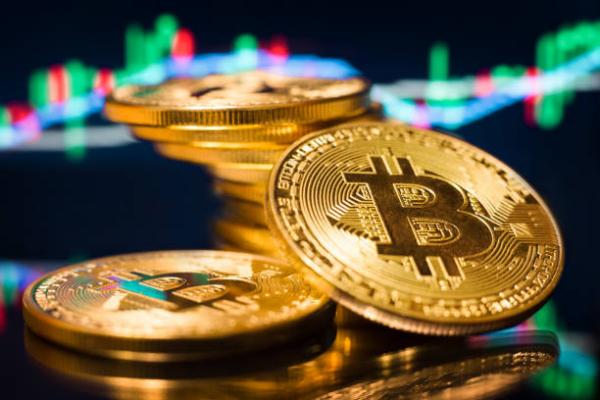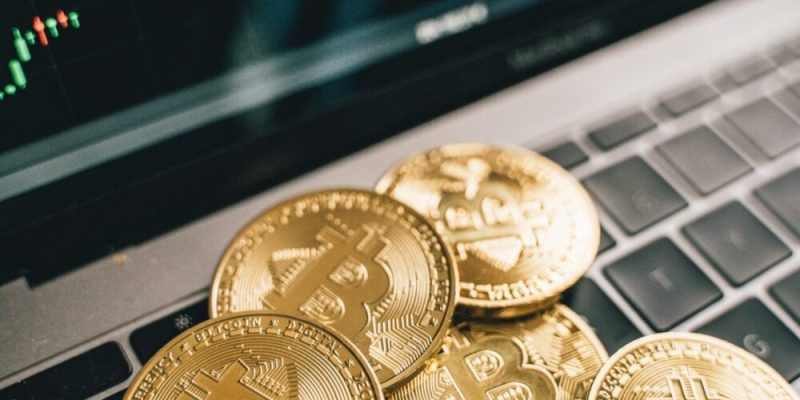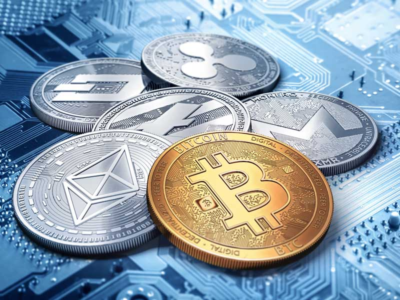You have likely heard the word “DeFi” a lot lately. Maybe on X or from some crypto fan at a party. If you’re asking, “What is DeFi investing?”—don’t fret, I’m here to help. Let’s break it down in a clear way, without the big words, just easy talk. By the end, you’ll know what DeFi investing is, why people are excited, and if it’s something you might want to try.
So, What’s DeFi?
First, DeFi means “Decentralized Finance.” I get it, sounds kind of techy, but stay with me. It’s like regular finance—think buying, lending, or borrowing money—but without banks. No middlemen in suits waiting to tell you what to do with your cash. It’s all done on blockchain, which is a super safe digital record that nobody owns. Most of this is done on Ethereum, but others are getting in too.
Think about loaning money to a friend. Instead of going to a bank, you use an app that links you directly to someone with spare cash. That’s what DeFi investing is—no old systems, just people working with money directly. Cool, right?
How Does DeFi Investing Work?
Here’s how it works. When you invest in DeFi, you usually put your crypto—like Ethereum or Bitcoin—into things called “smart contracts.” They are not contracts like your phone plan, they are bits of code that do things when certain rules are met. For example, “If this happens, send this amount here.” No one needs to say yes, which is nice.
You might add some cash to a liquidity pool. That’s where many people put their crypto together so others can trade or borrow it. You get a cut of the fees in return—like a small thank-you. Or you may be “staking,” which means locking up your coins to help the network and earn rewards. It’s like making your money work while you sit back and relax.
What does DeFi investing look like? It’s you moving your crypto to grow it without a bank guy stressing you out. You are in charge, but that means you need to know what to do since there’s no support if you mess up.
Why Are People All In?
People are all about DeFi ‘cause it’s quick, open to everyone with the web, and can help you earn good cash. Traditional investing needs a broker, a big account, and lots of papers. DeFi? Take your phone, download a wallet, and you’re good. No ID, no “you’re not rich enough” mess.
Plus, the returns can be huge. Some pools or staking options can give you 10%, 20%, or even 100% a year. Compare that to your bank savings that might give a tiny 0.5% if you’re lucky—wow, right? But hold on—high returns come with high risks. I’ll get to that in a bit.
The Not-So-Good Side
DeFi investing isn’t all fun and games. It’s a bit like the Wild West. With no big boss watching, there are scams everywhere. You might put your cash into a shady project and—boom—it’s gone. Rug pulls (where developers run off with your cash) can happen, and smart contracts may have bugs that hackers can use.
Also, the crypto world? It’s a crazy ride. One day you gain 50%, the next you are sad over lost cash. What is DeFi investing if not risky? You have to be ready to lose it all if things go wrong. And don’t forget about gas fees—those are what you pay to use the network, and they can be very high when it’s busy.
Should You Go For It?
That’s up to you. If you like to take chances and have some spare crypto you can afford to lose, DeFi investing might be for you. Start small, maybe try a few bucks in a known platform like Uniswap or Aave. Do your research—look on X for what others think, read about the project’s reputation.
But if you get nervous with each drop in your bank count, you may want to stick to something safer. What is DeFi investing at its core? Freedom, yes, but freedom with a side of “good luck.”
In Closing

So there you have it—what is DeFi investing? It’s a wild, decentralized way to grow your money with crypto, smart contracts, and trust in tech. It’s thrilling, it’s risky, and it’s shifting how we see money. Whether you dive in or watch from afar, it’s good to know about. Now, go check X or something and see what’s trending today!














Comments